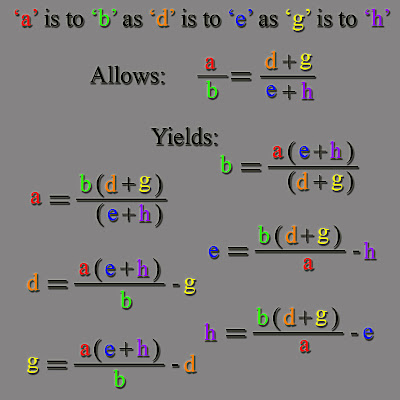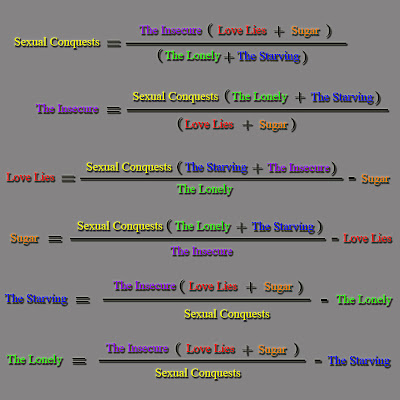Dodecaorthogonal Space Poem
A few days ago, Pablo Kagioglu shared a power point presentation that he made in where he had constructed a verbogeometric coordinate system, which displays 12 contiguous orthogonal space poems that share a common axis system. This is important for what I see him having done is creating is a crystal-like dodecaorthogonal space poem! He has shown us another beautiful mathematical poetic structure. Now I must say that his philosophy may be controversial and I have to admit that I find some of the poems a bit problematic. However, I really am not interested in critiquing what he has said. What I find extremely important here is that he has discovered a new mathematical poetic form that we all can use, build upon or do what ever our creative hearts desire. Furthermore, I want to congratulate him on doing so!
As I said, I am not going to analyze his content I am going to post it just as he sent it to me. He has graciously allowed me to post the following for everyone to enjoy.
Planes of Truth and Perception by Pablo Kagioglu
As I have become more interested in what goes on around the world, I have also become somewhat frustrated by the actual lack of true information available; this in a world that is literally flooded with news. Long ago there were only Newspapers, then Radio came along, then Television. Each time adding the medium more immediacy to the availability of information, but not necessarily more relevant content. So, in the age of 24-hour news channels, it is amazing how miss informed most people are about important world events…
I have traveled around Europe and the Americas quite bit, and listened to the opinions of many people, watched their newscasts, read their newspapers. On occasion, I was asked about my own opinions, and as I gave my opinions I slowly came to this realization:
“The futility of formulating an opinion on important events based on what we see on news broadcast alone”
- Our perceptions or opinions are constructed in the same manner as a drawing a picture using dots with numbers
- Different newscasts give us only a partial number of the dots required to come up with the correct picture
- Some of the newscasts number give us properly “located” dots, but numbered with the incorrect sequence
- If you are unfortunate enough to watch an unreliable source, you will get wrong positioned dots altogether.
- Newscasts keep giving us the same dots over and over, instead of additional (new) dots.
- Over time, we never get enough (properly numbered) dots to formulate the complete “true’ picture of what is really happening.
In general, it can be said that “true” information is broadcast all around the world, but no one is likely to get the “whole package” delivered to them from one source, specially only watching local/national news.
If one searches really hard, and looks at all possible “good” sources, you still may only end up with only half the dots anyway (the more controversial the subject, the fewer the dots you are likely to get).
In the end most people sit around and argue because some drew a House while others drew a Pyramid, when it reality it is probably neither.
So, I wondered if Truth and Perception could be plotted in a 3-dimensional space somehow, using various concepts as the 3 axes.
Words pairs that come to mind are: Truth/Lies, Knowledge/Perception, Openness/Deception, Order/Chaos, Guilt/Innocence, Censorship/Approval
What follows is the construct of the various planes of demarcation for Truth or Lies, Knowledge or Perception.




















































